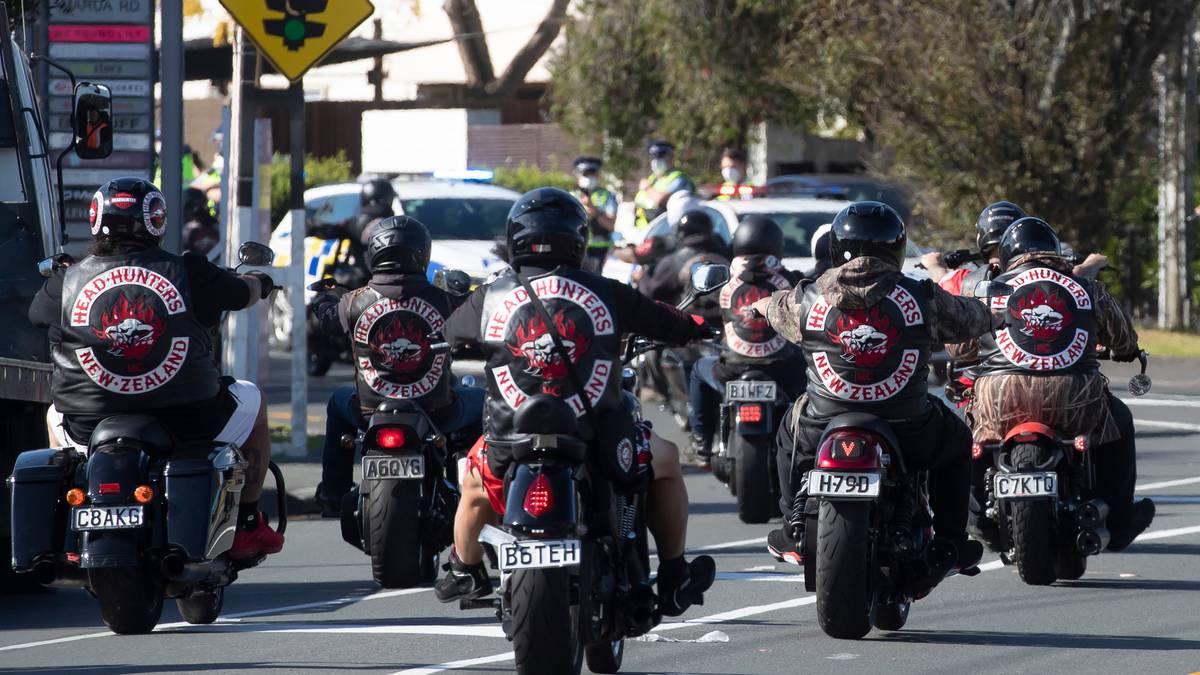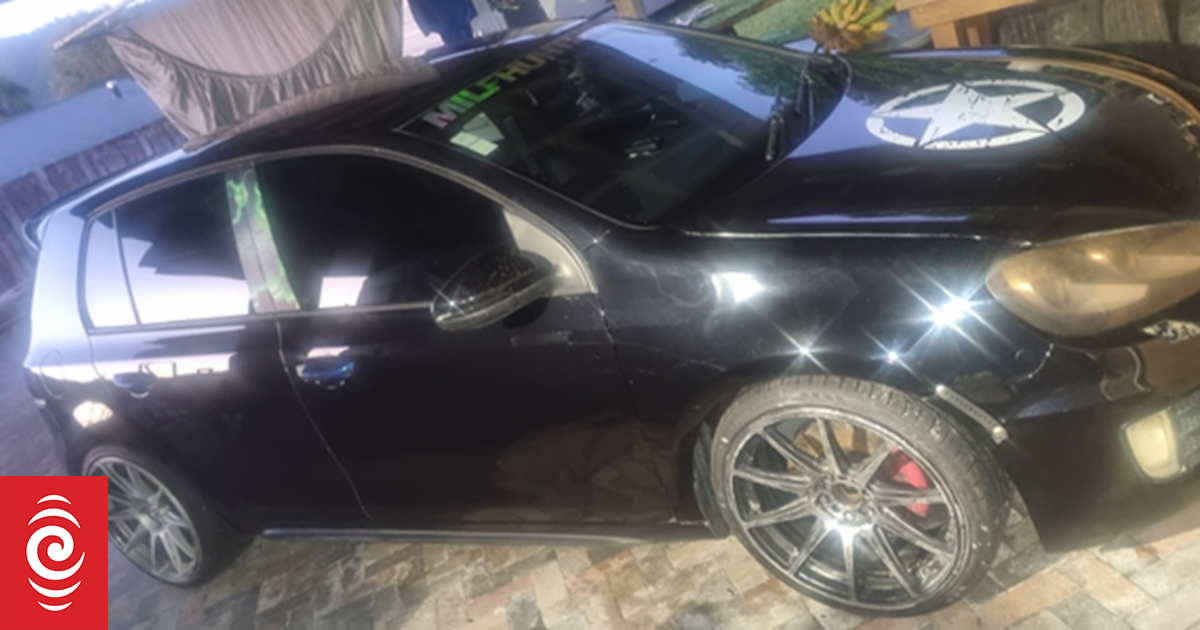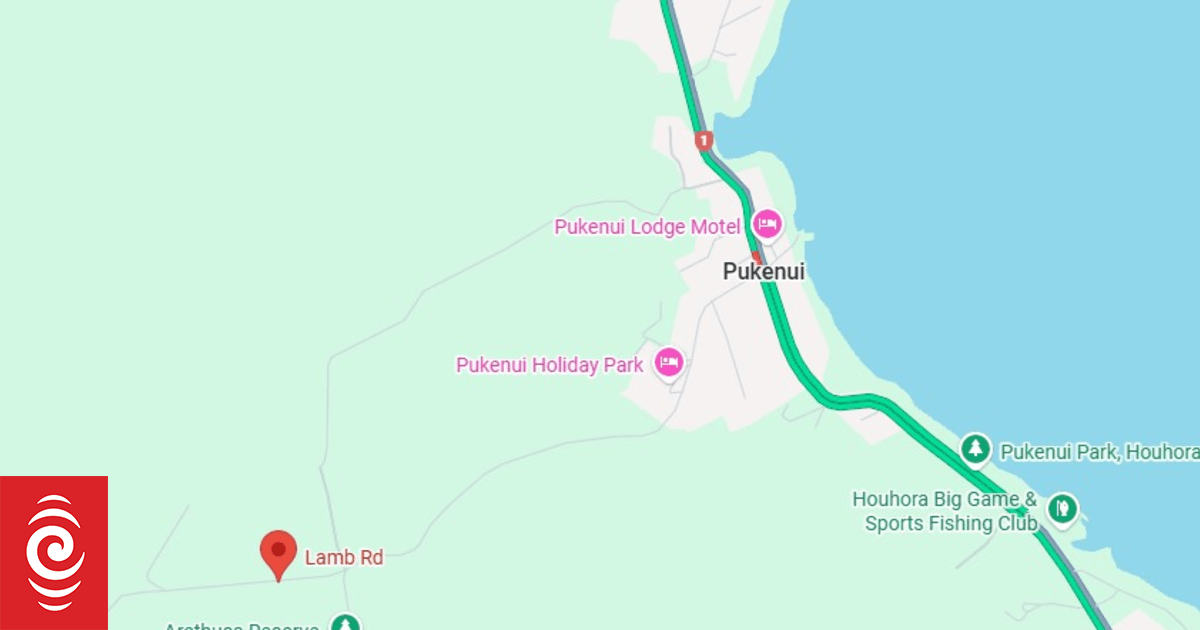The are fewer gang members in Northland on the police’s current list, but the numbers can be misleading, a gang expert says. Photo / NZME
The number of Northland-based gang members on the police National Gang List (NGL) has fallen dramatically in the last year, despite the recent spate of gang violence.
There were new members added during that time
– 42 new additions between June 2021 and April 2022 – despite an overall decrease from 405 in April 2021 to 271 in April 2022.
But a gang expert says the figures are inaccurate and the list should not be used to gauge actual gang numbers.
The police also said, in response to an Official Information Act request, that there had been changes in the way NGL data were collected.
“In 2021, numerous processes and system changes were conducted, in order to improve quality assurance processes,” the response read.
Sociologist and gang expert Jarrod Gilbert said the NGL was never a precise method of collecting data, and the number of gang members is “without question” increasing.
“Those numbers can mislead as much as they enlighten, and the way they’ve been used has largely been misleading,” he said.
“Notwithstanding, the overall picture is that the gangs have been on the rise probably since around 2010.”
/cloudfront-ap-southeast-2.images.arcpublishing.com/nzme/O5T3AAMPRJQPZD5CTKMQX6VOGU.jpg)
Any drop was likely to be a reflection of the methodology used, as was the extreme rise before it, Gilbert said.
“Using the data the way politicians and many in the media have has been incredibly unhelpful in my view because it gives a degree of precision to it that just isn’t warranted.
“This data was never collected to count numbers, those names were collected to help with intel and understand who was and who wasn’t potentially a gang member.”
The number of gang members in Northland had risen from 385 in October 2017 to 405 in April 2021.
This increase was significantly smaller than the 41 per cent rise in gang numbers nationally over the same period.
The NGL only counted members of adult gangs, not associates or others who may be affiliated with gangs.
Police said gang membership was “fluid” and “difficult to quantify”, and acknowledged that the data was likely to be inexact.
“Maintenance of the NGL requires substantial information collection and verification activity by both local and national staff,” a police spokesperson said.
“This means the information held is only as accurate as the day it was collected, and the NGL is likely to be inexact, thus it should only be understood as indicative data.”
People are put on the NGL after being seen wearing a patch, with a gang patch tattoo or through intelligence from operations and search warrants, police said.
Indicators which lead to someone being put on the list, such as being observed wearing a gang patch, are more reliable than indicators which lead to them being taken off the list, according to police.
“The names of people who simply drift away from gang involvement are much less likely to be removed from the list due to the challenges of corroborating their exit.”
A recent spate of gang violence in Kaikohe disturbed locals to the point where Kaikohe hapū put a unique rāhui in place to call for peace.
There had been a number of shootings in the lead-up to the rāhui, which was broken just a few weeks later by another drive-by shooting.
Tension between the Tribesmen and Killer Beez led to the shootings, and were also behind a number of shootings in Auckland about the same time.
/cloudfront-ap-southeast-2.images.arcpublishing.com/nzme/AQ76NDMP54YYR46XEMW7JR7V2U.jpg)
Gang activity was not exclusive to one area, the police spokesperson said.
“It is also worth noting that this type of activity can fluctuate within the regions and it would be difficult to speculate on whether current trends of criminal activity can be attributed to the data specified.
“Police will not tolerate any anti-social behaviour by any gang member or associates across the Northland district.”
Responses to parliamentary questions showed 1074 people nationally were removed from the NGL last year and 565 in the first two months of this year, more than the 432 who were removed from the list in the whole of 2020.
Gilbert said it was “heartening” if more people were being removed from the list than they were previously.
“It’s so much easier to get on that list than it is to get off it,” he added.
ACT’s police spokesperson Chris Baillie said last month police were “in overdrive” trying to get people removed from the list.
“Last year 1074 people were removed from the list, more than the previous three years combined,” Baillie said.
“The Government is scrambling to remove as many names as it can so that it can’t be used as a yardstick for how useless it’s been at keeping New Zealanders safe.”
The Government announced an extra $94 million for tackling gangs and organised crime in this year’s budget, as well as funding for more police officers.
The National Party announced a policy just a few weeks ago of banning gang patches in public and stopping gang members gathering in public and associating with each other.




